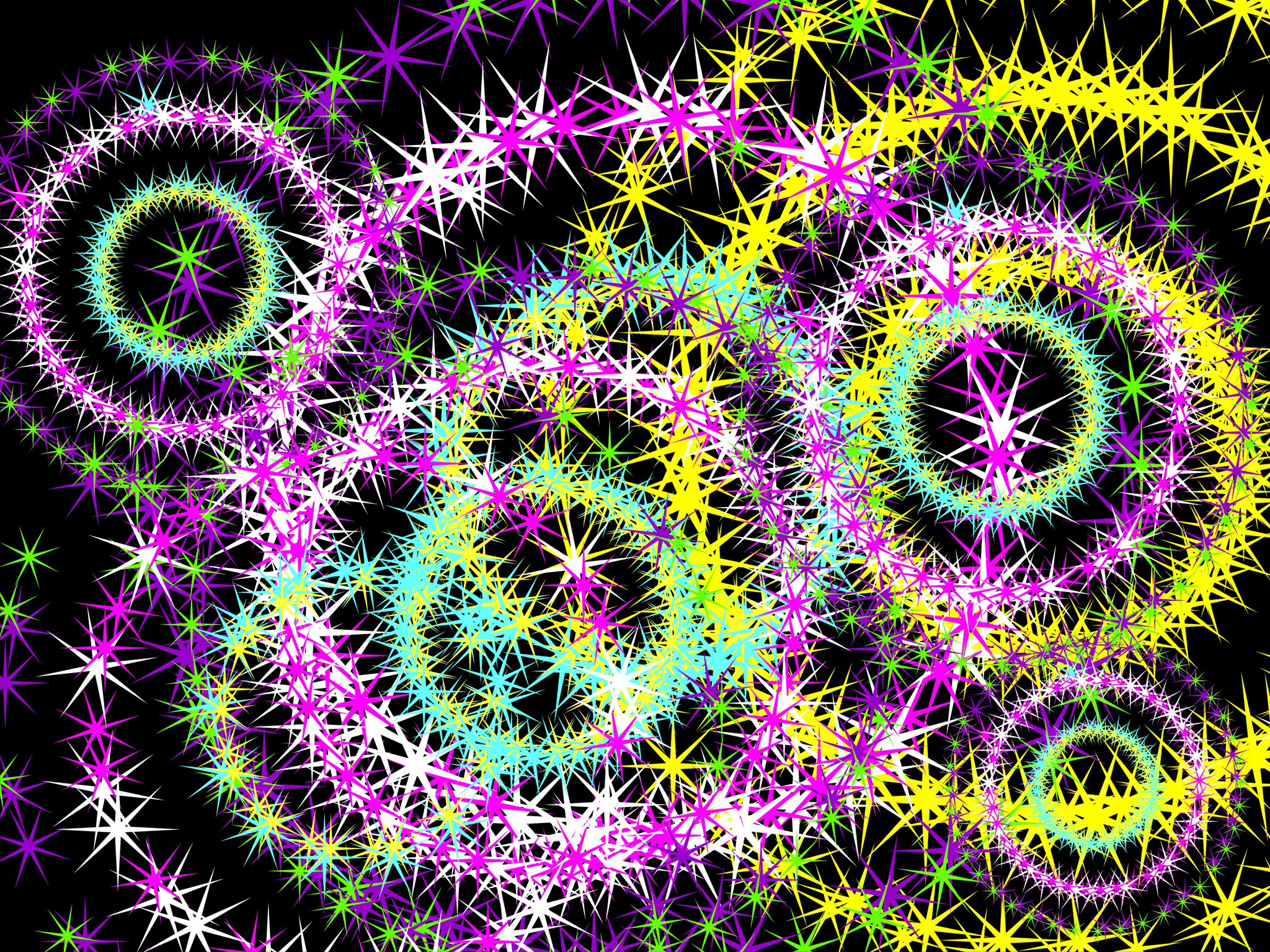

We communicate with users on a regular basis to provide requested services and in regard to issues relating to their account we reply via email or phone in accordance with the users' wishes when a user submits their information through our Contact Us form. However, these communications are not promotional in nature. Generally, users may not opt-out of these communications, though they can deactivate their account information.

For instance, if our service is temporarily suspended for maintenance we might send users an email. On rare occasions it is necessary to send out a strictly service related announcement. If you have elected to receive email newsletters or promotional mailings and special offers but want to unsubscribe, simply email Service Announcements Pearson may collect additional personal information from the winners of a contest or drawing in order to award the prize and for tax reporting purposes, as required by law. Pearson collects name, contact information and other information specified on the entry form for the contest or drawing to conduct the contest or drawing. Occasionally, we may sponsor a contest or drawing. Pearson collects information requested in the survey questions and uses the information to evaluate, support, maintain and improve products, services or sites develop new products and services conduct educational research and for other purposes specified in the survey. Pearson may offer opportunities to provide feedback or participate in surveys, including surveys evaluating Pearson products, services or sites. We use this information to complete transactions, fulfill orders, communicate with individuals placing orders or visiting the online store, and for related purposes. Online Storeįor orders and purchases placed through our online store on this site, we collect order details, name, institution name and address (if applicable), email address, phone number, shipping and billing addresses, credit/debit card information, shipping options and any instructions. We use this information to address the inquiry and respond to the question. To conduct business and deliver products and services, Pearson collects and uses personal information in several ways in connection with this site, including: Questions and Inquiriesįor inquiries and questions, we collect the inquiry or question, together with name, contact details (email address, phone number and mailing address) and any other additional information voluntarily submitted to us through a Contact Us form or an email. Please note that other Pearson websites and online products and services have their own separate privacy policies. This privacy notice provides an overview of our commitment to privacy and describes how we collect, protect, use and share personal information collected through this site. Pearson Education, Inc., 221 River Street, Hoboken, New Jersey 07030, (Pearson) presents this site to provide information about Adobe Press products and services that can be purchased through this site. You won'tīelieve how thrilling it is to see your artwork come to life. If this is the first Web animation you've ever made, congratulations. To distinguish them from the more sophisticated animations created by programs (GIF animations created in Fireworks are called simple animations Just like the flip books you played with as a child.įireworks gives you an extensive collection of tools and commands to create

FIRE WORKS ANIMATIONS SERIES
Series of still images that appear in quick succession, giving the illusion Images zoom in and out.Īny animation - cartoon, Web graphic, or motion picture - is basically a Words move up and down or from side to side. Today, it's hard to find a Web page that doesn't have It's hard to believe that just a few years ago, there were very few Web pages TextArea.value = text.slice(0, Math.For more great Adobe Fireworks content from Peachpit, please visit our Fireworks page. Let result = (to - from) * progress + from The effect is clearly seen if we compare the graphs of easeIn, easeOut and easeInOut of the circ timing function: The “easeInOut” transform joins two graphs into one: easeIn (regular) for the first half of the animation and easeOut (reversed) – for the second part. Let bounceEaseInOut = makeEaseInOut(bounce) ī = progress * 500 + 'px'


 0 kommentar(er)
0 kommentar(er)
